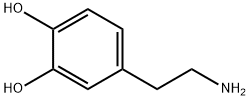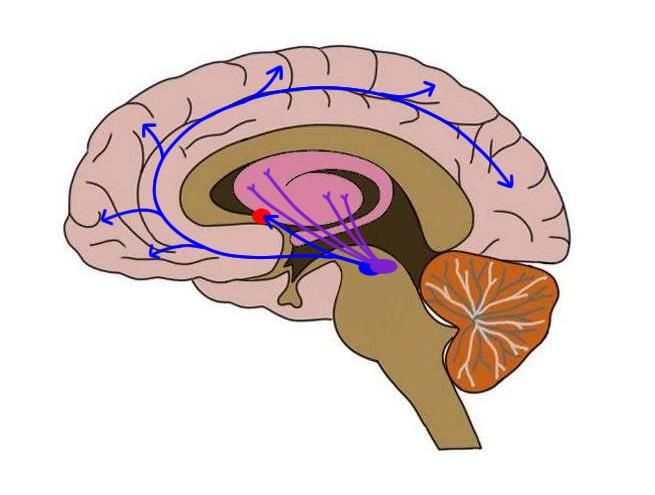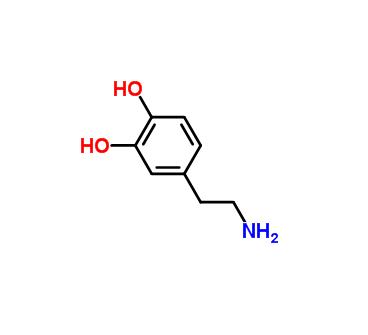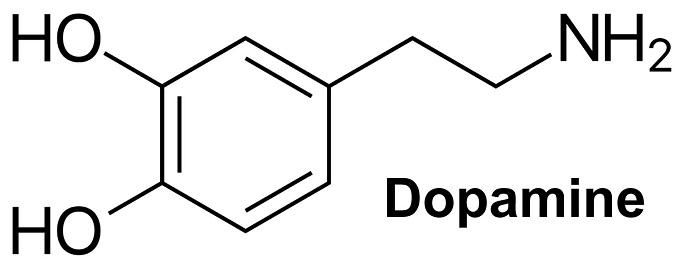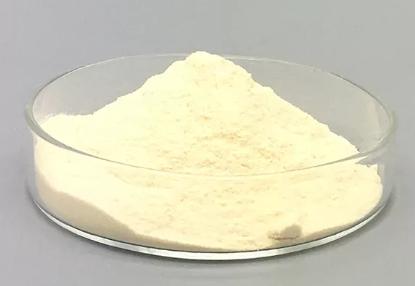Physiological effect of Dopamine
Dopamine and norepinephrine are in the monoamine class. Catecholamines are synthesized in the brain, the adrenal medulla, and by some sympathetic nerve fibers. The biosynthesis of catecholamines begins with the hydroxylation of tyrosine by tyrosine hydroxylase to form L-dopa, which is decarboxylated by aromatic amino acid decarboxylase to form dopamine. Catecholamines are formed from dopamine by the enzyme dopamine beta-hydroxylase, and epinephrine is formed from norepinephrine by enzyme phenylethanolamine N-methyltransferase. Parkinson’s disease is one of the most common neurodegenerative disorders and is characterized by the selective loss of dopaminergic neurons in the substantia nigra.
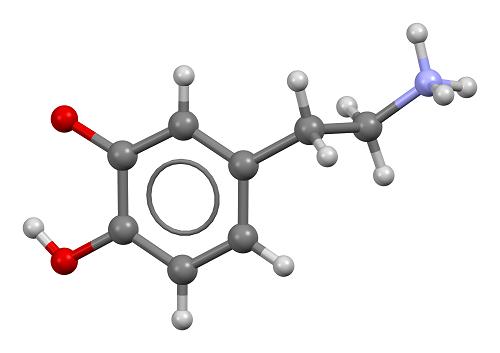
Dopamine is widely distributed throughout the CNS and is involved in the control of movement. Dopamine is synthesized from the amino acid tyrosine. This amino acid is abundant in meats, dairy products, and soy. Tyrosine undergoes a series of enzymatic modifications to yield dopamine. The amount of dopamine that can be made is limited by the activity of the first enzyme in the synthesis chain – tyrosine hydroxylase. Cells that use dopamine as a neurotransmitter are referred to as dopaminergic. Norepinephrine is an important neurotransmitter in both the CNS and the sympathetic part of the autonomic nervous system. The hormone epinephrine acts together with the sympathetic nervous system to initiate the body’s quick response to stressful stimuli.
Physiological effect
Dopamine and norepinephrine are used as vasopressors (antihypotensives). Catecholamines are water-soluble and are 50%-bound to plasma proteins, and are always seen in the circulating blood. Epinephrine stimulates both the alpha- and beta-adrenergic systems, causes systemic vasoconstriction and gastrointestinal relaxation, stimulates the heart, and dilates bronchi and cerebral vessels. It is also used as a vasoconstrictor, cardiac stimulant, or bronchodilator to counter allergic reaction, anesthesia, and cardiac arrest. Epinephrine is used to treat severe allergic (anaphylactic) reactions because it can prevent or minimize the effects of histamine. It is also an antiglaucoma agent.
Mechanism
High concentrations of dopamine present inside of a cell than there are vesicles to store it in, oxidative stress can occur and cause damage or death to the cell. It is thought that dopamine overload causes biochemical damage to cellular mitochondria, that provide the cell with all of the energy it requires to function, resulting in death of the cell. Catecholamines produced circulatory changes that reversed propofol anesthesia in animal models.
Dopamine quinones may irreversibly alter protein function through the formation of 5-cysteinyl-catechols on the proteins. The formation of dopamine quinone-alpha-synuclein consequently increases cytotoxic protofibrils and the covalent modification of tyrosine hydroxylase by dopamine quinones. The melaninsynthetic enzyme tyrosinase in the brain may rapidly oxidize excess amounts of cytosolic dopamine and prevent slowly progressive cell damage by auto-oxidation of dopamine, thus maintaining dopamine levels.
Related articles And Qustion
Lastest Price from 3-Hydroxytyramine manufacturers

US $0.00/kg2025-04-02
- CAS:
- 51-61-6
- Min. Order:
- 1kg
- Purity:
- 99%
- Supply Ability:
- 10000kg
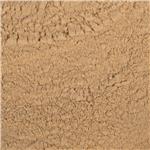
US $0.00/kg2025-03-07
- CAS:
- 51-61-6
- Min. Order:
- 1kg
- Purity:
- 0.99
- Supply Ability:
- 20tons
